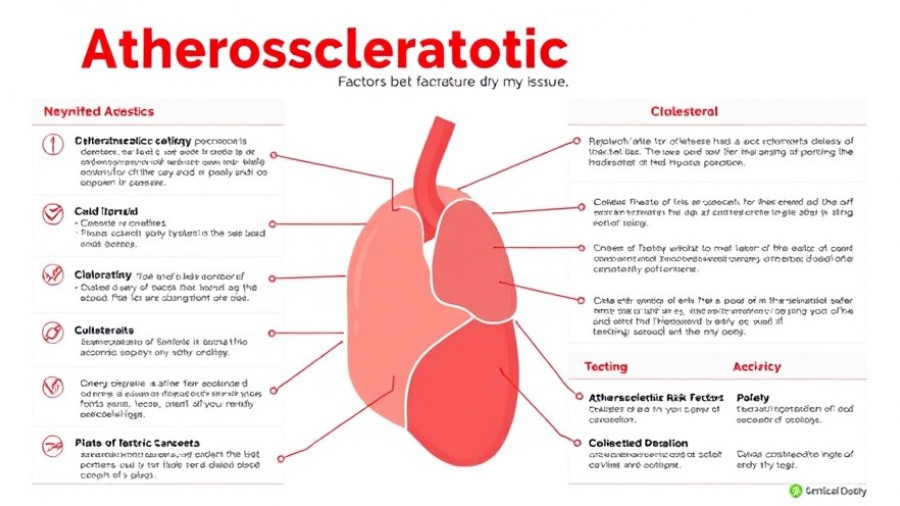
Understanding Cholesterol: The Good and the Bad
Cholesterol is often portrayed as a villain in our diets, but it’s essential to understand its dual nature. Your body needs cholesterol to make cell membranes and hormones. However, not all cholesterol is created equal. Low-Density Lipoprotein (LDL), frequently referred to as "bad" cholesterol, is known for its role in atherosclerosis, a condition that can lead to severe cardiovascular issues. In contrast, High-Density Lipoprotein (HDL) or "good" cholesterol helps clear excess cholesterol from the bloodstream. Unfortunately, many individuals still overlook the importance of maintaining healthy cholesterol levels, thinking that numbers within the normal range suffice.
The False Security of "Normal" Cholesterol Levels
Many people are delighted when their doctor tells them their cholesterol levels are normal. However, in a world where heart disease is the leading cause of death, simply being normal may not be good enough. Recent studies indicate that even individuals with "normal" LDL levels can harbor dangerous, hidden atherosclerotic plaques in their arteries. So, while your cholesterol level might register at a safe number, if it’s not optimal, you could still be at risk.
Why Optimal Means More Than Just Numbers
Experts suggest that an optimal LDL cholesterol level should be much lower than what conventional medicine currently advises. Much focus has been on lowering LDL levels, particularly for those at risk of heart disease. Cardiologists recommend aiming for levels below 70 mg/dL, which aligns with emerging guidelines from Europe. This shift towards more stringent targets for LDL cholesterol recognizes that lower is often better when it comes to heart health.
What’s the Ideal Range for Men?
For most men in the age group of 35 to 55, particularly those who are professionals, athletes, or fitness enthusiasts, aiming for an LDL cholesterol level between 50 to 70 mg/dL not only prevents heart disease but also aligns with the levels historically associated with our hunter-gatherer ancestors. Living on a diet rich in whole plant foods, these individuals naturally maintained lower cholesterol levels. As such, the focus should not merely be on achieving a "normal" range (which is often based on a population with higher rates of heart disease), but rather on optimizing health through informed dietary choices and lifestyle changes.
Practical Tips for Achieving Optimal Cholesterol Levels
The journey towards achieving optimal cholesterol levels incorporates various lifestyle changes. Here are some essential practices for men:
- Dietary Changes: Emphasize whole foods rich in fiber, such as fruits, vegetables, and whole grains, which are known to support heart health.
- Regular Exercise: Aim for at least 150 minutes of moderate aerobic activity per week to help improve cholesterol levels and overall cardiovascular health.
- Consider Your Fats: Choosing healthy fats like those found in avocados and nuts while limiting saturated fats can contribute positively to cholesterol levels.
- Daily Supplements: Men's health supplements that focus on omega-3 fatty acids and antioxidants can also be beneficial.
- Stress Management: Chronic stress has been linked to increased levels of harmful cholesterol. Incorporating mindfulness and relaxation techniques can help.
Ultimately, staying informed and proactive about your cholesterol levels can lead to better long-term health. The need to shift our definition of "normal" to what is actually optimal for our species is crucial. Embrace healthy living not just for today, but for a longer and healthier future.
 Add Row
Add Row  Add
Add 




Write A Comment